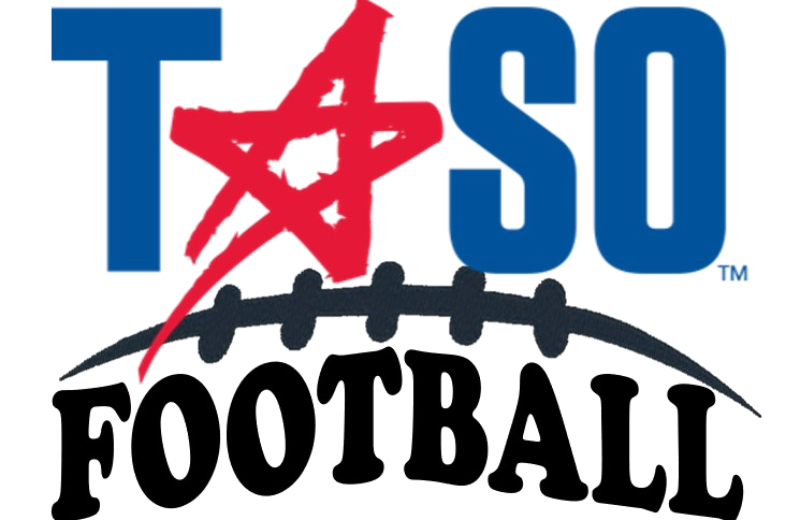
NCAA Tie Breaker System
NCAA TIE BREAKER SYSTEM
ARTICLE 3. The NCAA tie breaker system will be used when a high school varsity game is tied after four periods. NCAA football playing rules apply, with the following exceptions:
Districts games that play using “positive points” will use the following exceptions;
Coaches in the game MUST inform the referee before the game (pre‑game conference) that the game will be played using the UIL “positive point” exception. Failure to notify the referee prior to the coin toss will result in the contest being played under the NCAA tie breaker system. If notification is given to the referee, the tie game will be played with the following exception to rule 3‑1‑3‑f. delete “if Team b scores during a period other than a try”.
Delete example 2. If a touchdown is scored that determines the winning team in an extra period, the try is cancelled.
Substitute example 2. If a touchdown is scored that determines the winning team in an extra period, the scoring team may elect to play the try down. If the team on defense refuses to play the try down, the Referee may award the number of points the team could have scored had the defense played the try down.
|
a. b. |
Immediately after the conclusion of the fourth quarter, officials will instruct both teams to retire to their respective team areas. The officials will assemble at the 50‑yard line and review the tiebreaker procedures. |
|
|
| Note: The winner of the toss may not defer his choice. | |
|
d. e. |
The loser of the toss shall exercise the remaining option for the first extra period and shall have the first choice of the two options for subsequent even‑numbered extra periods. Beginning with the second extra period, teams scoring a touchdown must attempt a two‑point try. Although not illegal, a one‑point try attempt by Team A will not result in a score. |

